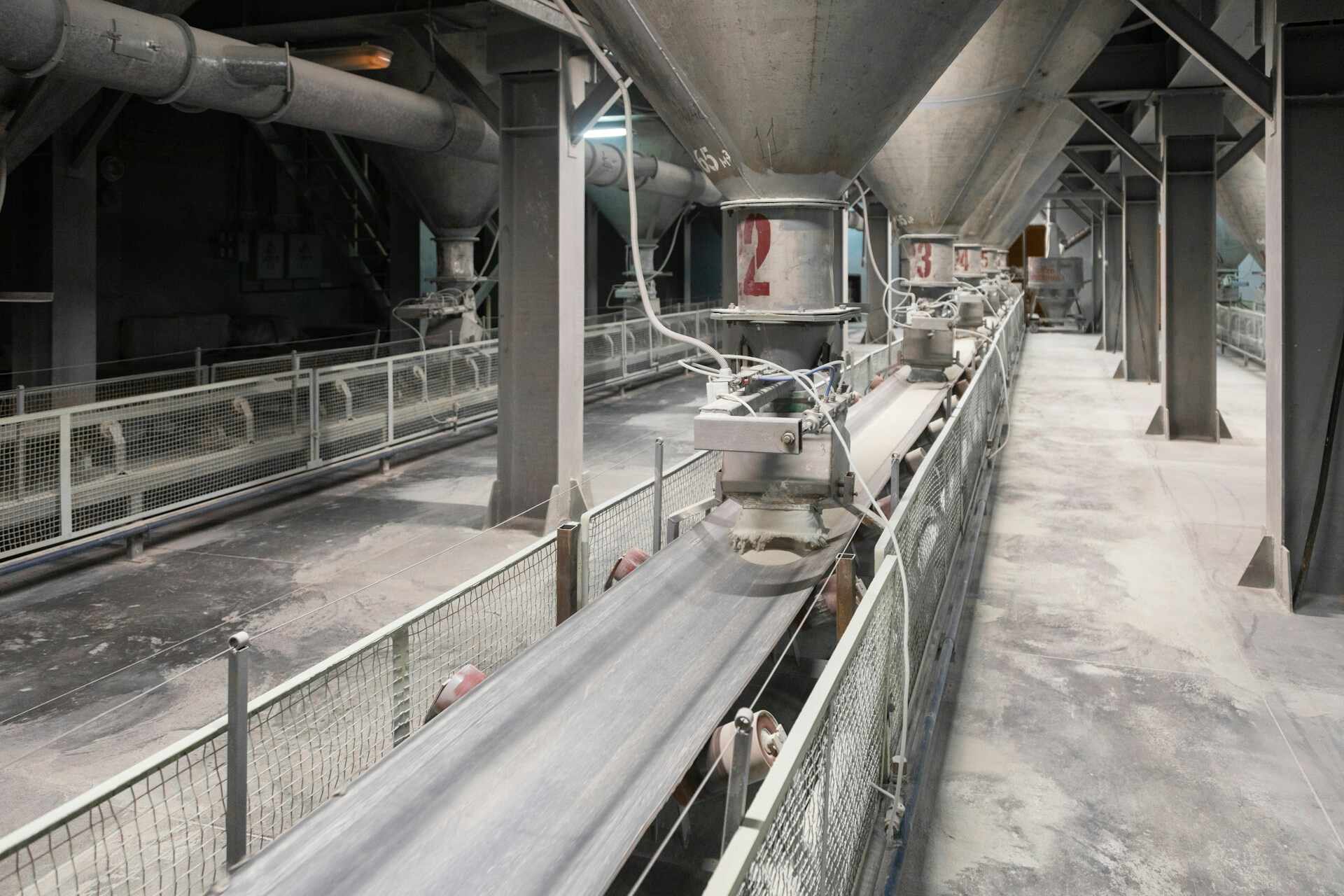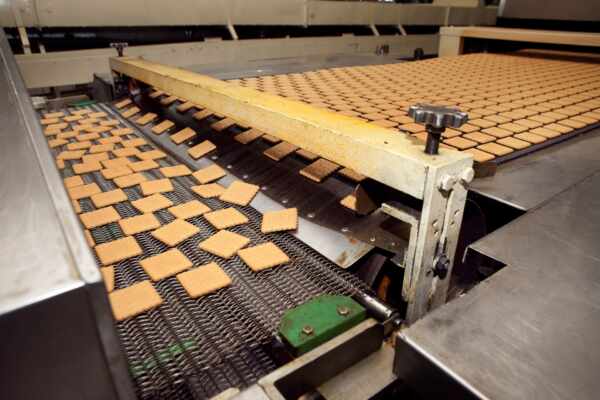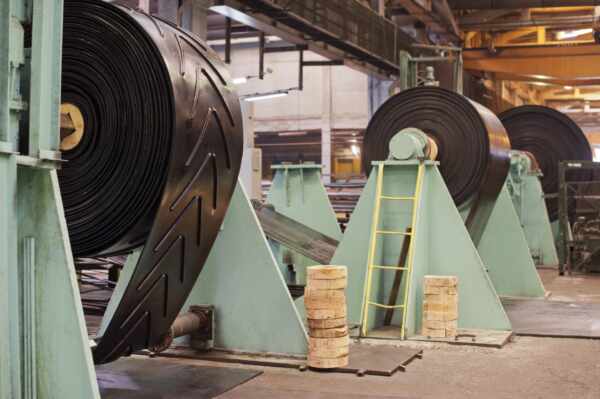Conveyor belt systems are a critical component of manufacturing and industrial facilities, providing a reliable solution for materials handling and transport. With an extensive range of conveyor belt types on the market, each with its unique advantages and specifications, it is crucial to choose the right type for your specific application to optimise efficiency and productivity.
In this comprehensive guide, we will delve into the diverse world of conveyor belt types, including flat belts, modular belts, cleated belts, and more. We will closely examine the unique advantages and features they offer, helping you identify the most suitable conveyor belt type to streamline your facility’s operations. By evaluating factors such as load capacity, operating temperatures, materials and design, you can equip your facility with an efficient and reliable conveyor belt system tailored to your needs.
Maximising Efficiency with Different Types of Conveyor Belts
Flat Belts: The Classic Choice for Versatility and Simplicity
Flat belts are a prevalent and versatile choice, suitable for a wide range of applications across various industries. Crafted from materials such as rubber, PVC, and polyester, they offer straightforward operation and seamless materials handling. Key advantages of flat conveyor belts include:
1. Customisability: Flat belts are available in a range of widths, materials and thicknesses, allowing you to tailor the belt to suit your specific applications and requirements.
2. Low Maintenance: With their simple and effective design, flat belts require little maintenance, ensuring minimal downtime and long-term cost savings for your facility.
3. Efficiency: Flat belts operate smoothly and efficiently, making them an excellent option for facilities aiming to optimise productivity and reduce energy consumption.
Modular Belts: The Innovative Solution for Flexibility and Adaptability
Modular conveyor belts are constructed of interlocking plastic modules, offering unparalleled flexibility, strength, and adaptability. These belts can accommodate various configurations and convey a wide range of loads, making them ideal for modern industries requiring versatile solutions. Key benefits of modular conveyor belts include:
1. Durability: Modular belts are inherently robust due to their interlocking construction, with individual modules capable of being replaced instead of replacing the entire belt in case of damage.
2. Customisable Configurations: Modular belts can be configured in unique formations to suit the specific needs of your operation. This flexibility means that modular belts can accommodate curves, inclines, and declines within a single system.
3. Easy Cleaning: The modular design allows for simple cleaning and sanitation procedures, particularly beneficial for industries such as food processing, pharmaceuticals, and others with stringent hygiene requirements.
Cleated Belts: The Go-To Choice for Incline and Decline Conveying
Cleated conveyor belts feature protrusions or “cleats” attached to the belt surface, allowing for secure conveying of materials on inclines or declines. This conveyor belt type is ideal for industries requiring precise and stable materials transportation over varying elevations. Key advantages of cleated conveyor belts include:
1. Secure Material Handling: The cleats on these belts ensure that materials are retained and securely conveyed, even at steep angles, minimising product spillage and waste.
2. Versatility: Cleated belts are available in an array of materials, cleat sizes, and configurations to meet the unique needs of specific applications, including light-duty, heavy-duty, and high-precision environments.
3. Compatibility: Cleated belts can be used in conjunction with other conveyor belt types, making them a highly adaptable solution for many facilities.
Steel Belts: The Ultimate Choice for High-Temperature and Heavy-Duty Environments
Steel conveyor belts are renowned for their superior strength, temperature resistance, and durability. These heavy-duty belts are constructed from stainless or carbon steel and are ideal for applications involving demanding conditions and extreme temperatures. Key benefits of steel conveyor belts include:
1. High-Temperature Resistance: Steel belts can withstand extreme temperatures, making them a perfect choice for industries such as foundries, glass production, and other high-temperature environments.
2. Heavy-Duty Capability: Steel belts can handle heavy loads and abrasive materials without compromising on performance, ensuring continued productivity in demanding situations.
3. Long Life Span: Built with durability and strength in mind, steel conveyor belts often boast a longer life span than other belt types, offering facilities a long-term solution for their materials handling needs.
Conclusion
Selecting the right conveyor belt type for your facility’s specific application is a critical decision that can greatly affect the efficiency, productivity, and long-term success of your operation. By considering factors such as load capacity, materials and design, and industry requirements, you can choose the best conveyor belt type to maximise your facility’s potential.
To make this crucial decision with confidence, trust the expert guidance and solutions from Change Parts. As an industry-leading provider of high-quality conveyor belt systems and components, Change Parts can help you identify the perfect conveyor belt type to fulfil your unique needs and elevate your facility’s performance.
Enhance your facility’s productivity and efficiency with the perfect conveyor belt solution, provided by the experts at Change Parts. Reach out to our experienced team today to discuss your unique needs and discover the ideal conveyor belt type tailored to your operation.




